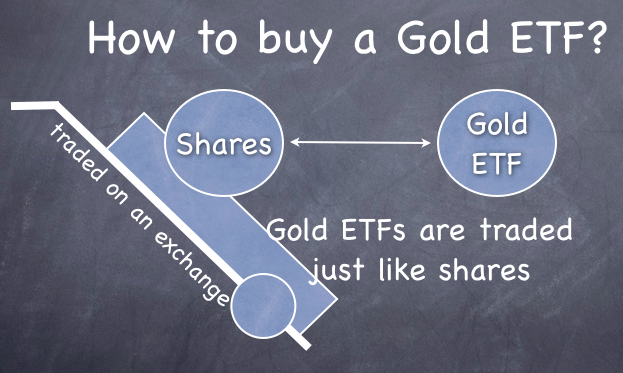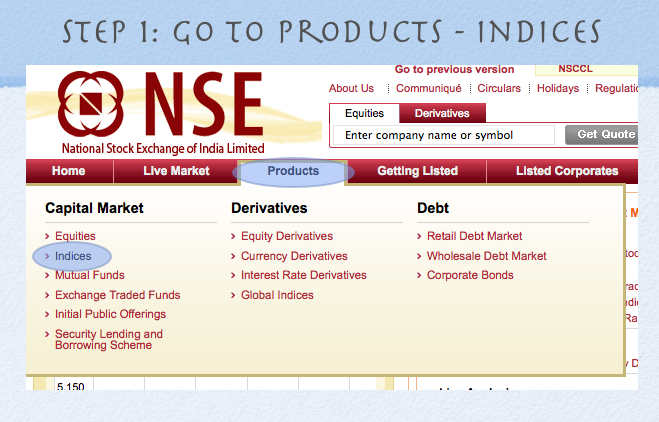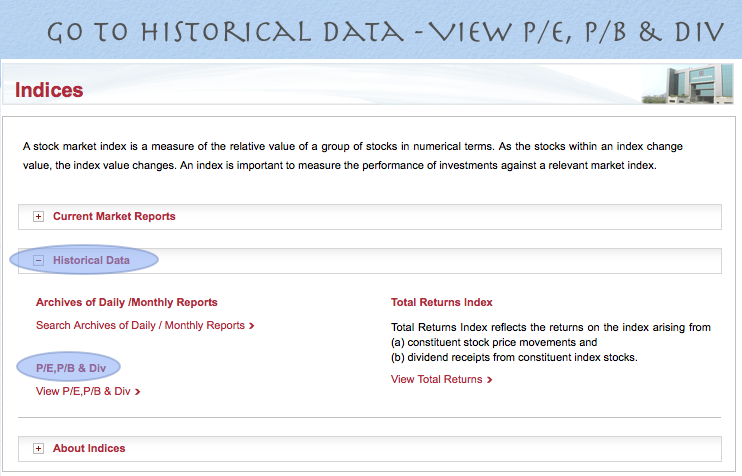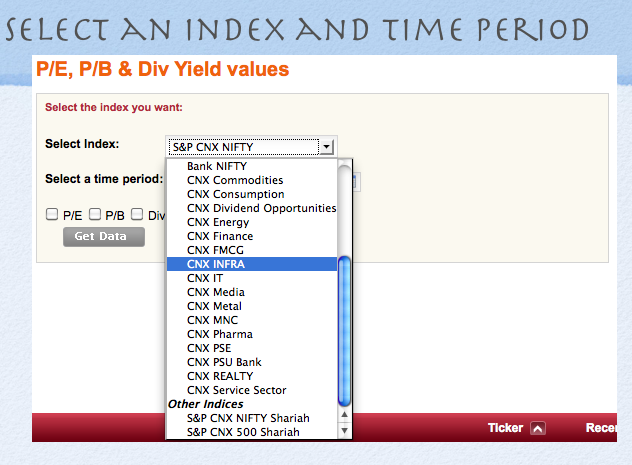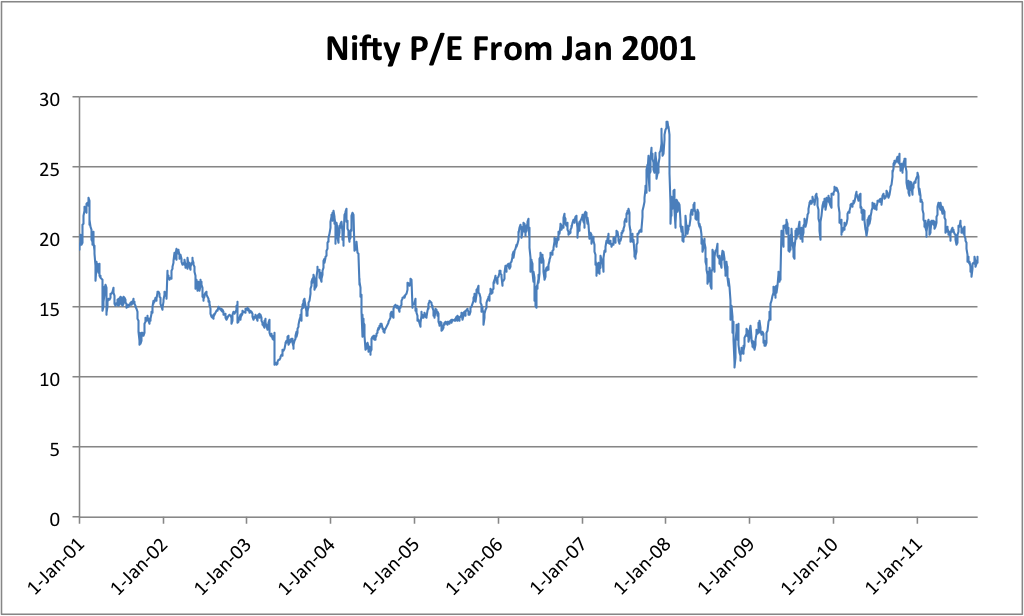About ten days ago – I opened up the Perfios contest where three lucky winners will get a free one year subscription to the popular money management software.
There are still 5 days left to participate in the contest so please do so if you haven’t done it already.
I have compiled a list of people who have already participated and I want you to verify that your name is present in that list.
If you did both things then your name should appear twice, so if you see your name missing or appear only once where it should appear twice please leave a comment and I’ll update the list.
Here are the entries so far.
(Updated List at Sep 30 2011)
1Â Â Â Rajat Gupta
2Â Â Â Rajat Gupta
3Â Â Â Aashish
4Â Â Â Ashish
5Â Â Â Sivakumar
6Â Â Â Ani Patharathil
7Â Â Â Ani Patharathil
8Â Â Â R K Tripathy
9Â Â Â R K Tripathy
10Â Â Â Uma Kanth
11Â Â Â Uma Kanth
12Â Â Â Raja52
13Â Â Â Raja52
14Â Â Â Alka
15Â Â Â Harsha
16Â Â Â Harsha
17Â Â Â Aravind
18Â Â Â Kiransunku
19Â Â Â Kumaran
20Â Â Â Vamsi
21Â Â Â Vamsi
22Â Â Â Manish Sep 20, 2011 7:34 PM
23Â Â Â Manish Sep 20, 2011 7:34 PM
24Â Â Â Vijay
25Â Â Â Dr. Biju Paul
26Â Â Â Dr. Biju Paul
27Â Â Â Prashant Agrawal
28Â Â Â Prashant Agrawal
29Â Â Â Amit Tamhankar
30Â Â Â Manish Sep 22 2011 at 12:17 AM
31Â Â Â Rajesh Kabra
32Â Â Â Rajesh Kabra
33Â Â Â Kumaran Ilangovan
34Â Â Â Akhilesh Shah
35Â Â Â Ashish Balachandran Valiyaveedu
36Â Â Â Anil Kuppa
37Â Â Â Anil Kuppa
38Â Â Â Parag Gupta
39Â Â Â Abhinav Behari
40Â Â Â Abhinav Behari
41Â Â Â Chandrasekhar Joglekar
42Â Â Â Ravi Kukreja
43Â Â Â Anurag Sharma
44Â Â Â Anurag Sharma
45Â Â Â Anirban Chowdhury
46Â Â Â Saumya
47Â Â Â Kumar
48Â Â Â Kumar
49Â Â Â Sagar Biyani
50Â Â Â Ams
51Â Â Â Ams
52Â Â Â Prashant 2011 9 30
53Â Â Â Prashant 2011 9 30
Please leave a comment if you notice your name missing, and if you haven’t still entered the contest — there is still time.

